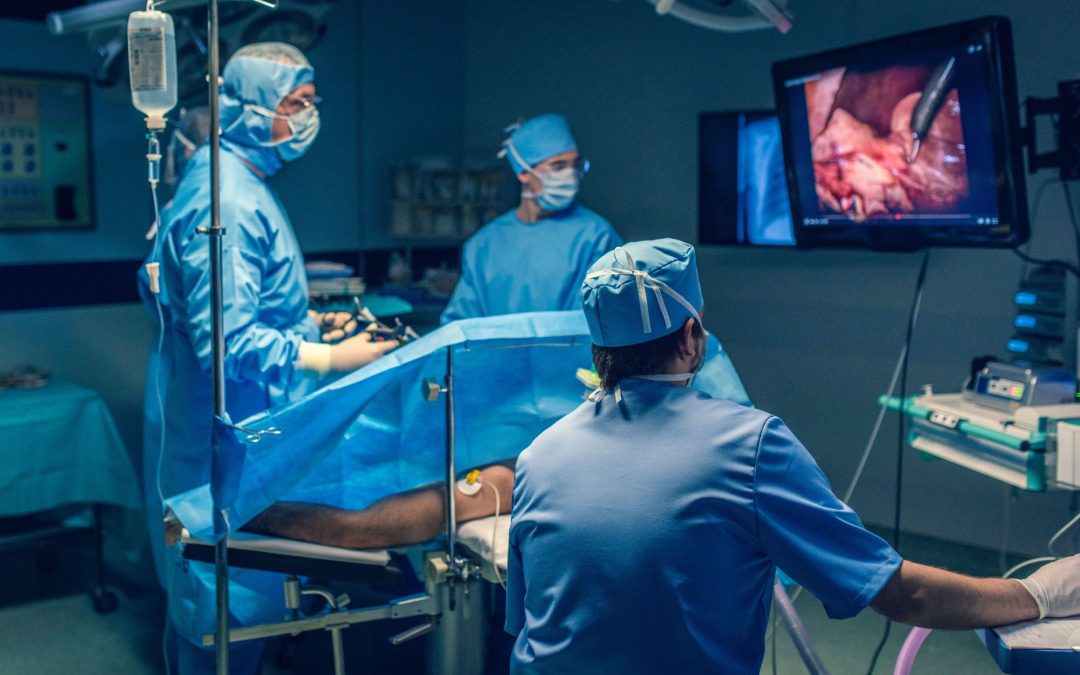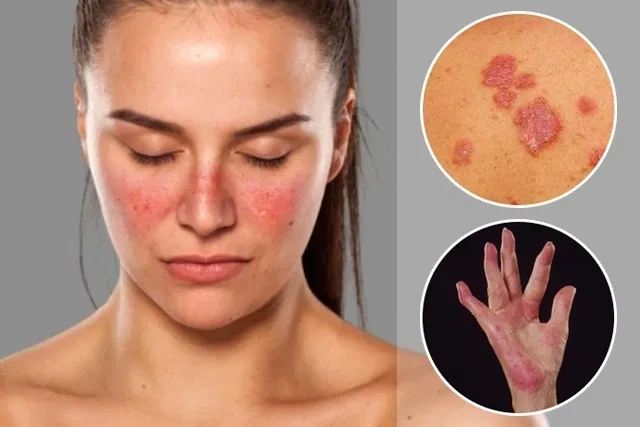Pulmonary hypertension is when the blood pressure in the arteries of the lungs becomes abnormally high due to narrowing of the vessels. This Strains the right ventricle of the heart and could lead to heart failure.
In some people, pulmonary hypertension slowly gets worse and can be life-threatening. However, there are treatments that can help you feel better, live longer, and maintain an improved standard of living.
Symptoms
The symptoms of pulmonary hypertension develop slowly. You may not notice them for months or even years. Symptoms get worse as the disease progresses.
- Shortness of breath, at first while exercising and eventually while at rest.
- Blue or gray skin color due to low oxygen levels. Depending on your skin color, these changes may be harder or easier to see.
- Chest pressure or pain.
- Dizziness or fainting spells.
- Fast pulse or pounding heartbeat.
- Fatigue.
- Swelling in the ankles, legs and belly area.
Shortness of breath is the most common symptom of pulmonary hypertension. But it may be caused by other health conditions such as asthma.
What causes pulmonary hypertension?
Pulmonary hypertension can develop on its own or be caused by another condition. Sometimes the cause is unknown or is not clear.
Some of the possible causes include:
- Heart diseases, including left-sided heart failure and congenital heart disease.
- Lung diseases such as COPD (chronic obstructive pulmonary disease), interstitial lung disease, emphysema, and sleep apnea
- Other medical conditions such as:
- Liver diseases
- Sickle cell disease
- Pulmonary embolism (blood clots in the lungs)
- Connective tissue disorders like scleroderma
What are the treatments for pulmonary hypertension?
Often there is no cure for pulmonary hypertension, but treatments can help manage your symptoms. Your provider will work with you to come up with a treatment plan. It will be based on your needs and the cause of the pulmonary hypertension.
Healthy lifestyle changes, such as:
- Healthy eating, which includes eating less salt.
- Regular physical activity, which may be done through pulmonary rehabilitation.
Medicines, such as:
- Blood thinners
- Medicines to control the rate blood is pumped throughout the body.
- Medicines to relax blood vessels and allow the blood to flow better.
- Medicine to reduce swelling (diuretics)
See a health care professional for an accurate diagnosis.



